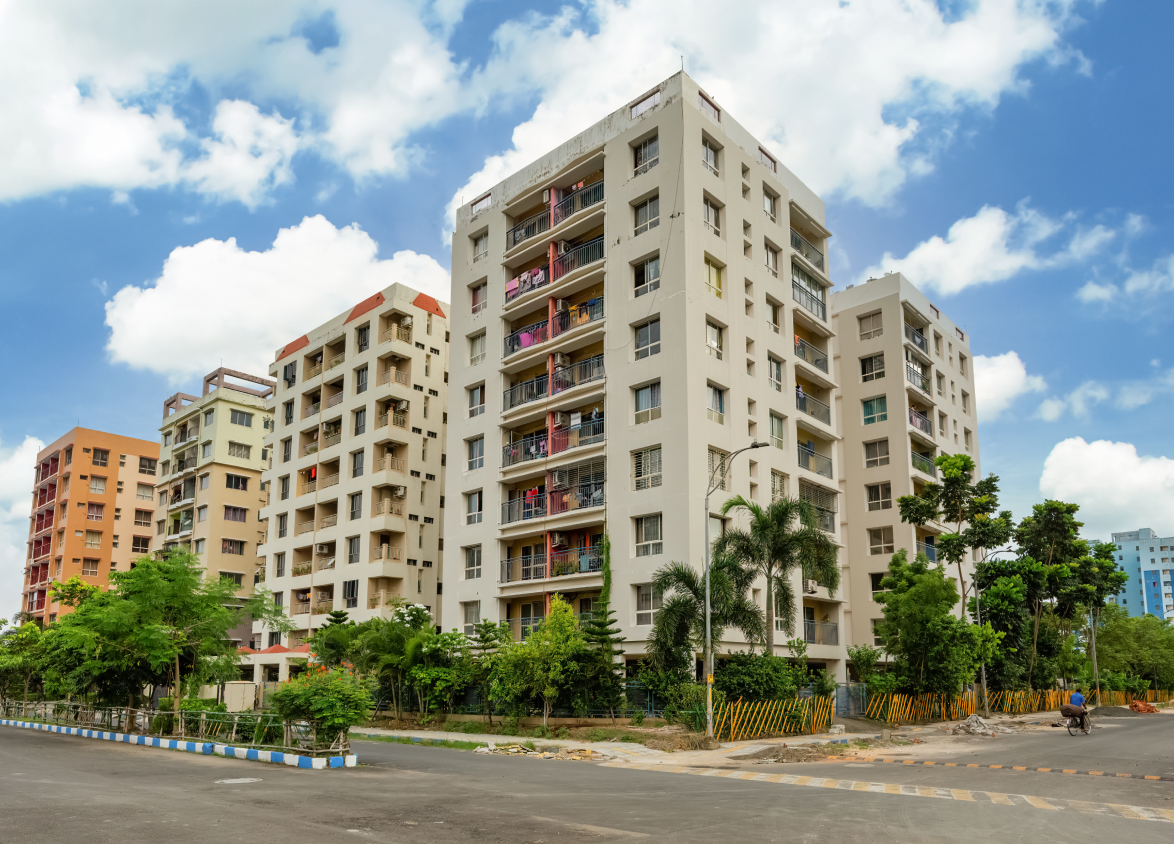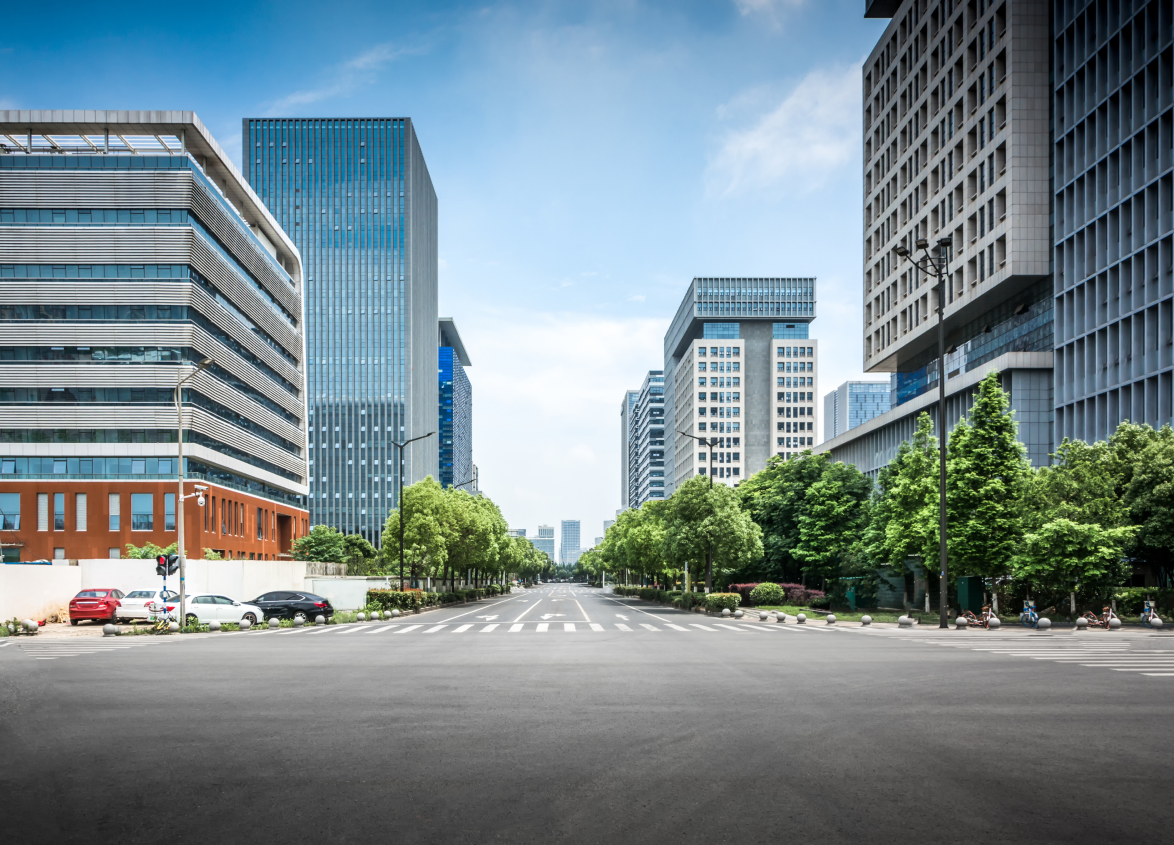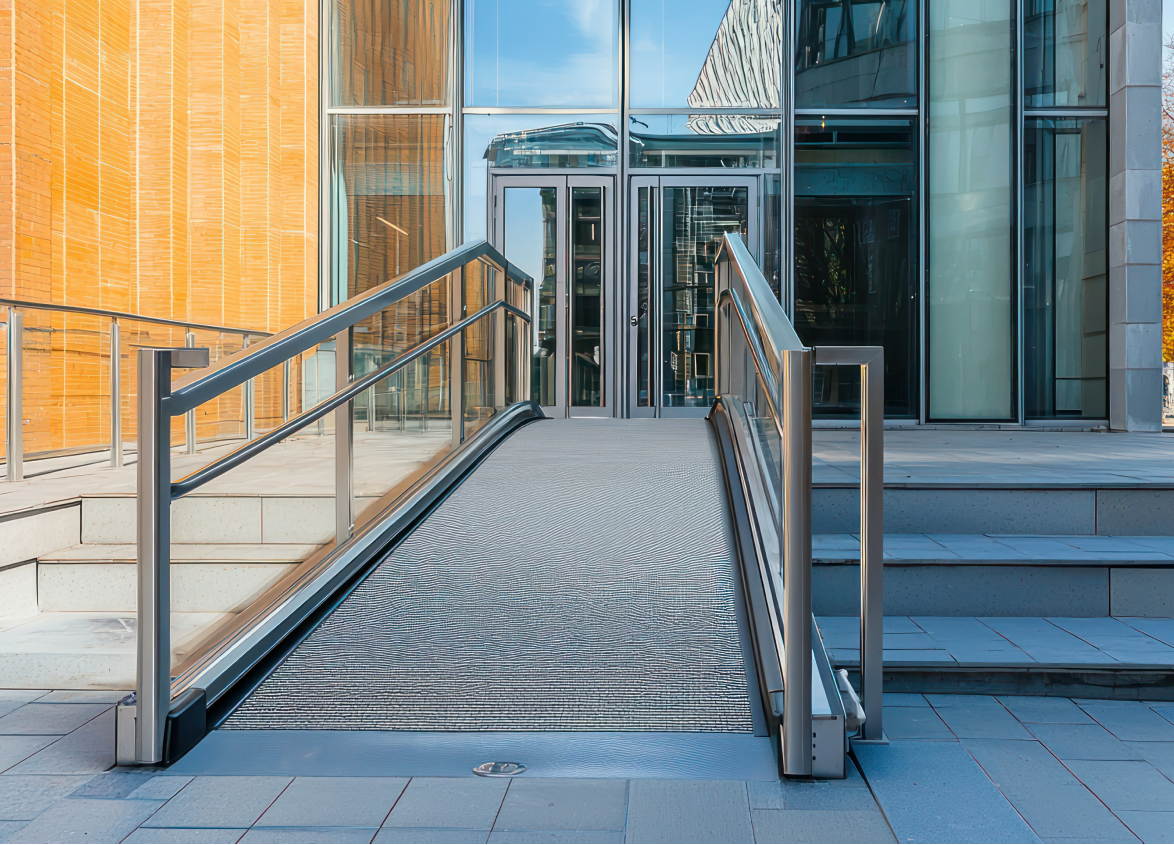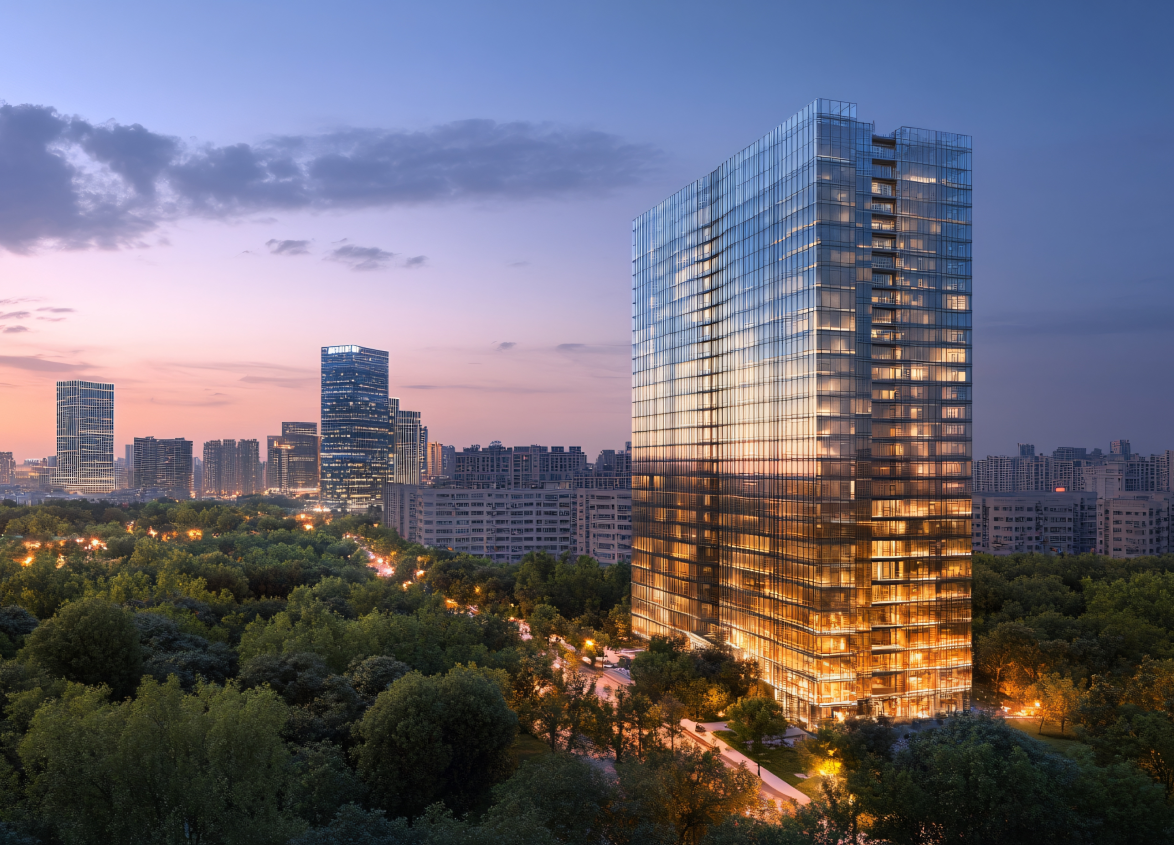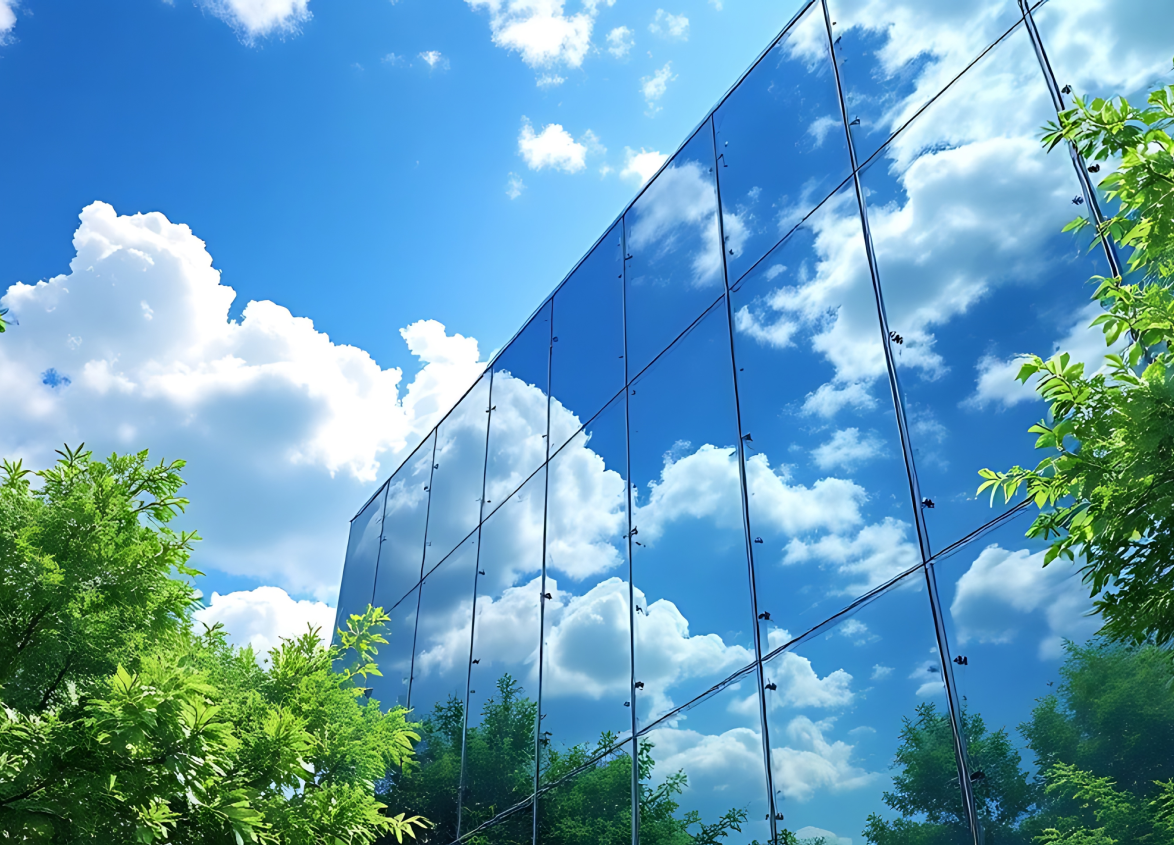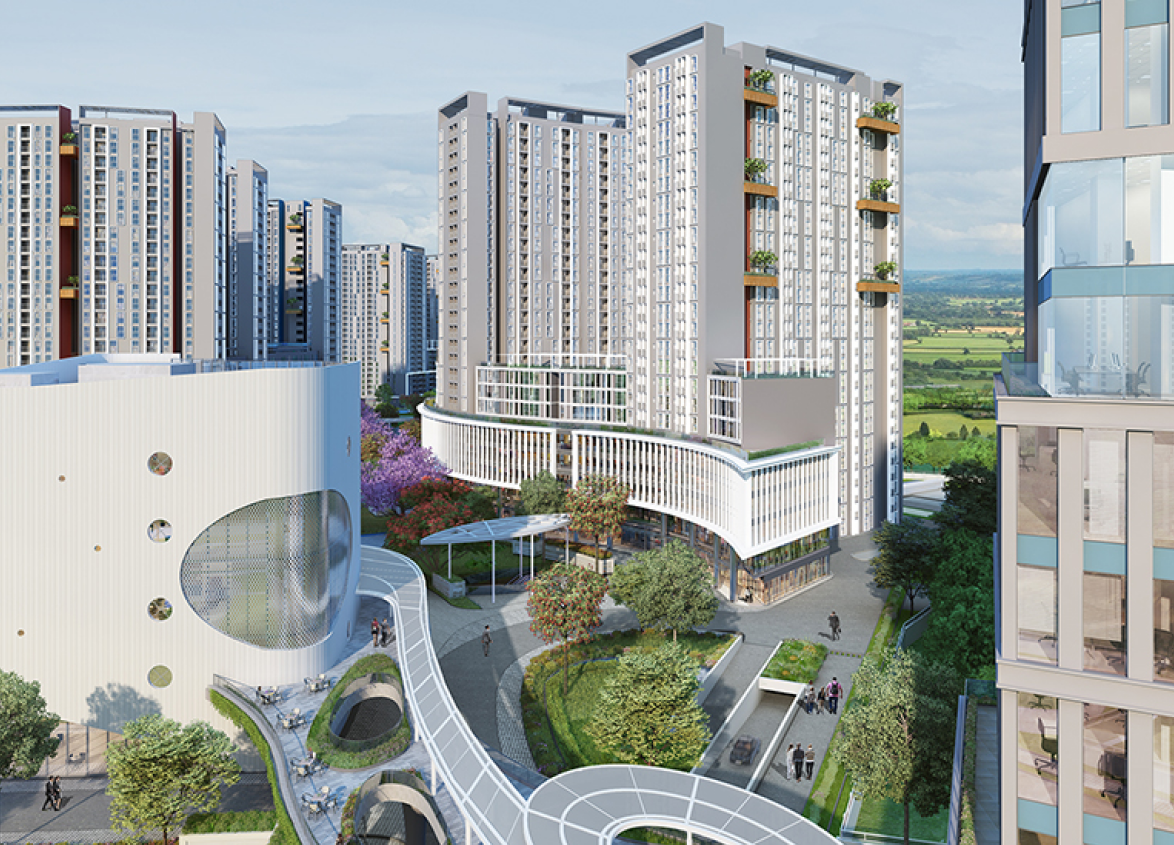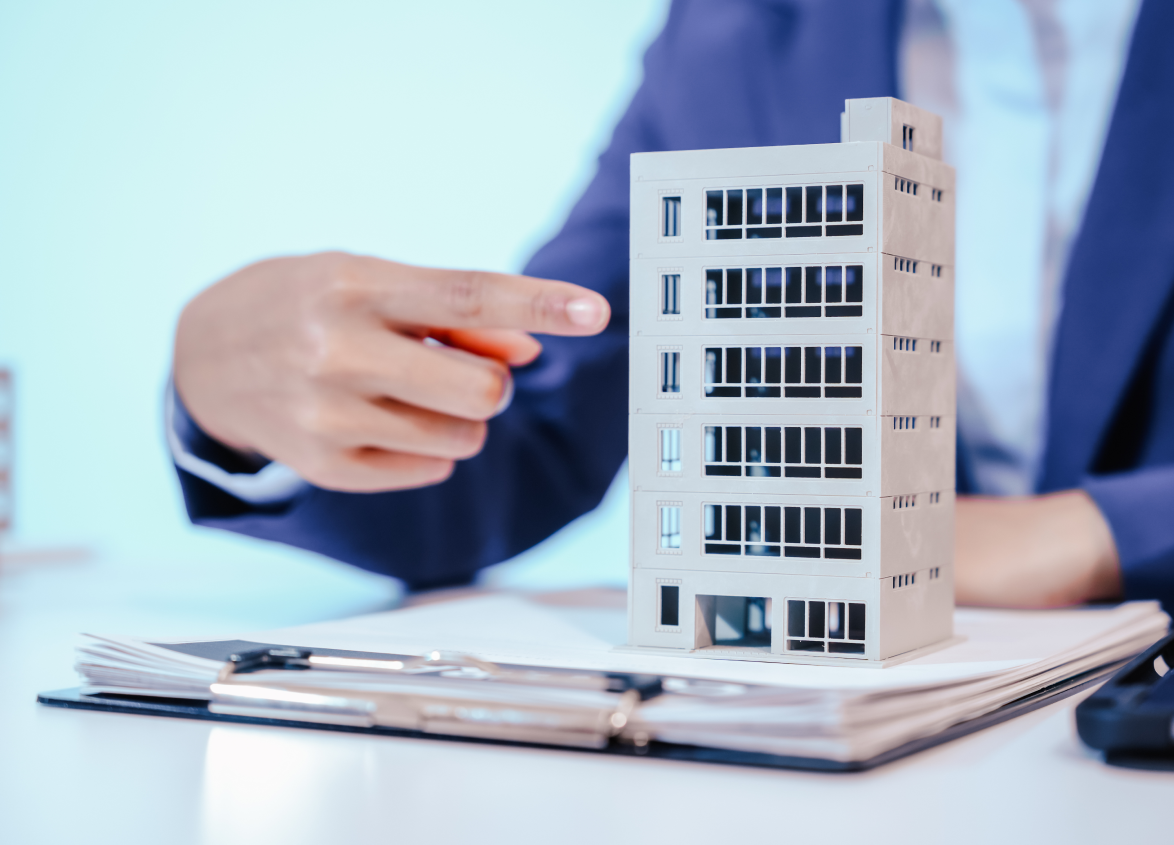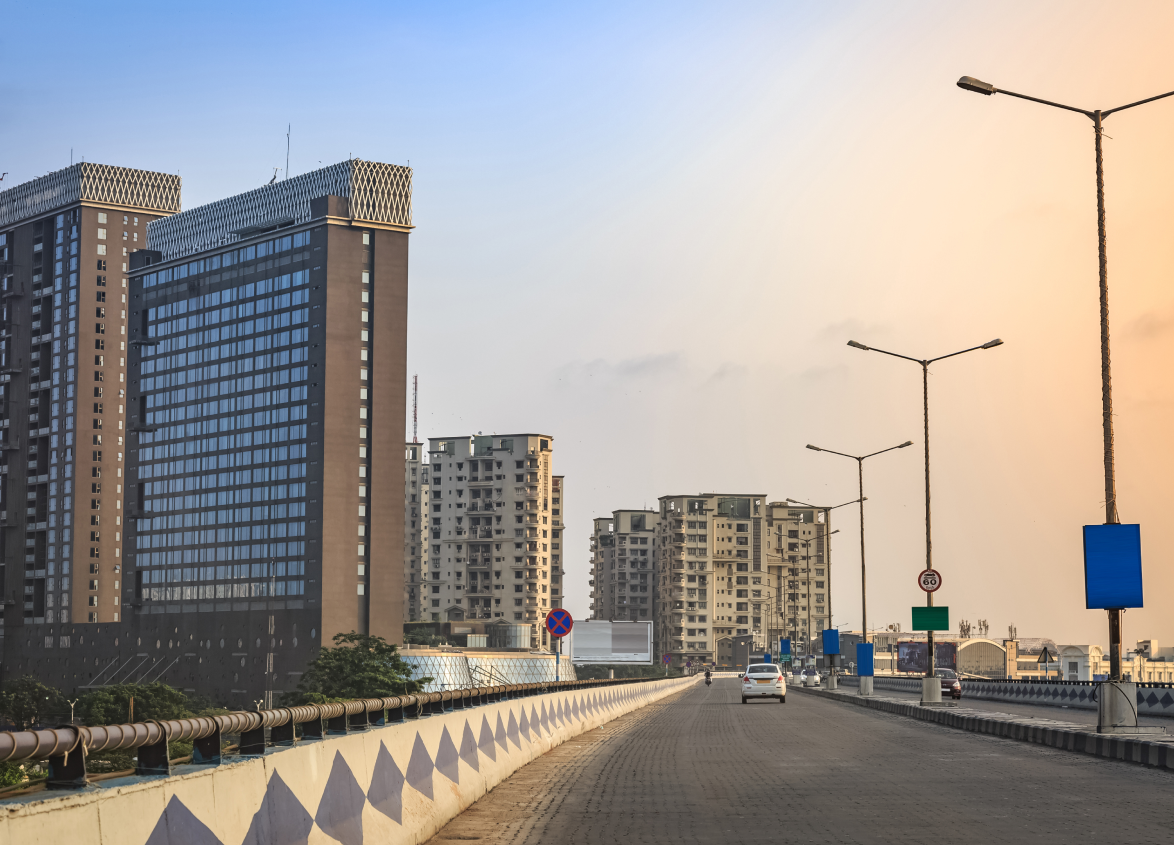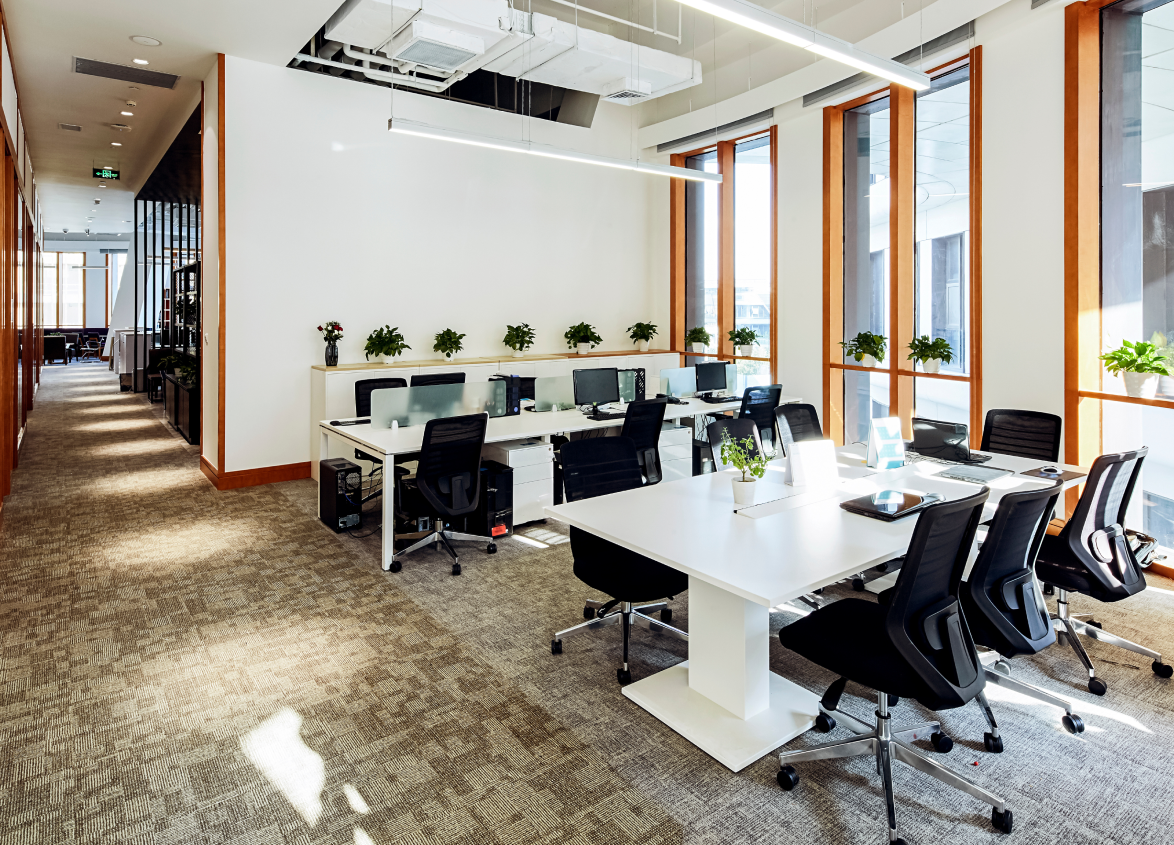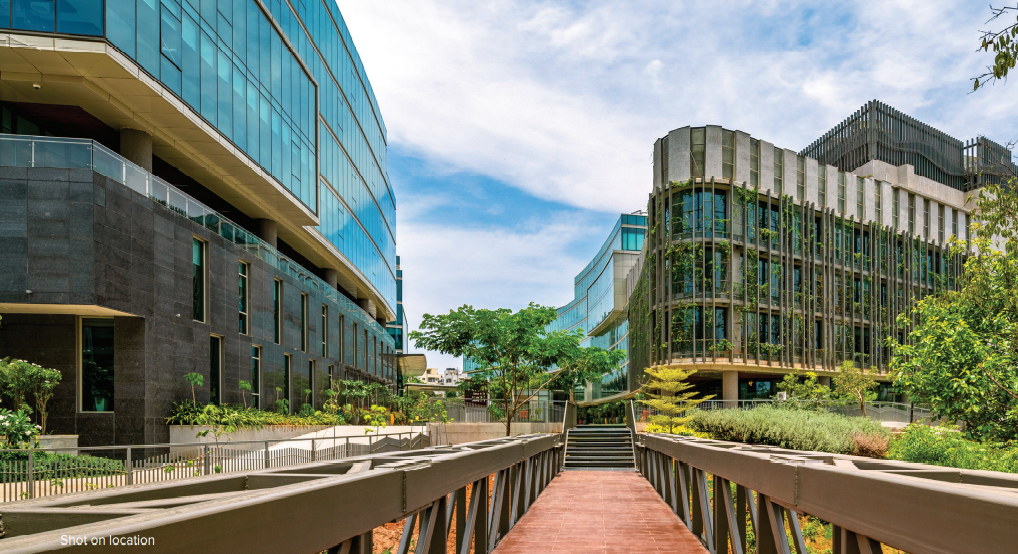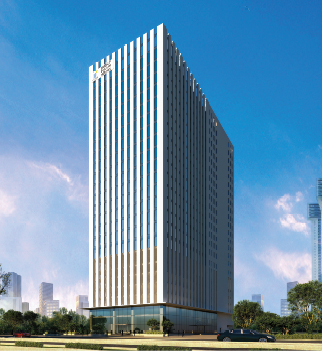
Commercial
Why are Sustainable Building Certifications necessary for office buildings?
May 31, 2021
Today, most commercial buildings have great interiors, attractive amenities, and better working conditions. So what sets them apart? How do we know which office building is superior and is better suited to people than the rest?
Welcome to certified buildings. These are commercial buildings that are certified by renowned private/public agencies over specific parameters. The certification provides a third-party verification that a building has been designed using unique strategies to improve performance across all the crucial metrics, like energy savings, water efficiency, CO2 emissions reduction, improved indoor air quality, etc. This brings the main focus today to sustainability and green buildings.
In the last decade, sustainability has gained the spotlight for commercial buildings. According to the official website of WELL certification, there are 319 WELL-certified projects as of May 2021 in India. Tenants are willing to pay more premium for green building features. Earlier, owning a green building came at a higher premium because of insufficient and expensive green technologies, and secondly, due to limited expertise and professionals in the area. But now, as the demand for green technologies rises, the prices are dropping, making it affordable for many companies and builders. At the same time, now there is more expertise in the field for proper guidance and improvement.
As a result, the importance of building certifications is increasing. Various certificates are offered to buildings like IGBC, LEED-USGBC, GRIHA, and more. These certificates encourage safety on the construction site, appropriate material sourcing, and better construction management, leading to reduced costs and better working practices. A green building shows a company’s determination towards sustainability. As these certifications are gaining more prominence, the interest in identifying additional benefits is increasing.
Benefits of building certification
Lower Operating Costs
Reducing operating costs has been one of the significant concerns of office buildings. To make it energy-efficient, it has to implement energy-efficient heating, cooling, and ventilation systems. Along with that, many green buildings are designed today to harness natural resources like light and air. These can be incorporated by having a strategic design that includes intelligent window placement, mindful usage of energy sources and appliances, and natural ventilation. These steps can save humongous utility bills. A case study done by the General Services Administration (GSA) states that green buildings operate 19% cheaper than traditional buildings.
Tax & Funding Reliefs
As the development of green buildings is highly promoted, builders are given incentives to encourage them to establish more energy-efficient and sustainable buildings. These incentives include tax rebates, temporary property tax exemptions on green renovations, fee reductions, zoning allowances, special mortgage programs, etc. This may vary for each city, and hence, should be adequately researched before initiating a project.
Structural Benefits
Apart from getting financial relaxations, a sustainable building plan may also enjoy some municipalities incentives in terms of structure. For instance, it can include an expedited permitting process or relaxed floor area ratio, height, and density bonuses based on green building credentials.
Better Occupancy Rates
Today, green attracts everyone. Office owners prefer occupying green buildings rather than the standard ones. This is because people today want to work in such an environment that is not harmful to them. Sustainable buildings offer various benefits for the company and employees, like better air quality, cleanliness, well-maintained space, natural light, good indoor lighting, and workplace/building satisfaction. This lead to better occupancy rates.
Lower Emissions & Wastage
Commercial buildings have always had issues with reducing their carbon footprint. The building sector contributes a significant part towards the CO2 emissions. But green buildings help bring down the emission rates, benefiting the community and environmental health as well. As per another GSA report, LEED-certified buildings emitted 36% less CO2 than national building emission averages. Adopting green solutions will profoundly impact brand perception and brand values and will also inspire closer ties with the surrounding community.
Certified buildings usually have recycling and composting programs for waste management. This not only keeps the workspace clean but also reduces the costs of handling waste.
Brigade Certification
All the commercial buildings of the Brigade Group have been Green Building Certified to continuously raise the benchmark of sustainability to:
- Efficiently use energy, water, and other resources
- Protect the health and improving quality of life
- Reduce waste, pollution, and environmental degradation
- Optimise material use
4 Brigade properties are LEED-certified, while the rest 8 have IGBC certifications. These certifications have a major impact on the carbon footprint of the buildings, leading to reduced water demands, reduced waste generation, usage of green construction materials, among various other benefits.
Brigade Opus, an IGBC Platinum Certified project has India’s largest living bio wall which is designed to enable growth, business potential, creativity, and offer a premium world-class experience. Another project, Brigade Tech Gardens is a Grade A SEZ project, envisioned to be a unique, flexible and sustainable workplace designed for contemporary businesses.
Green building is the future of commercial workspaces and real estate as they offer improved interior conditions. High air quality, improved interiors, and lighting conditions are among the requirements of green certifications. All the beneficial factors of a sustainable green building contribute to healthier occupant health, both physical and mental. This directly impacts the overall workspace productivity, with reduced absenteeism, higher productivity, and better quality of work.
MUST READ
Looking for something specific?
We'd be delighted to help you.









